9 Species of Woodpeckers in Arkansas (With Pictures)
Last Updated on
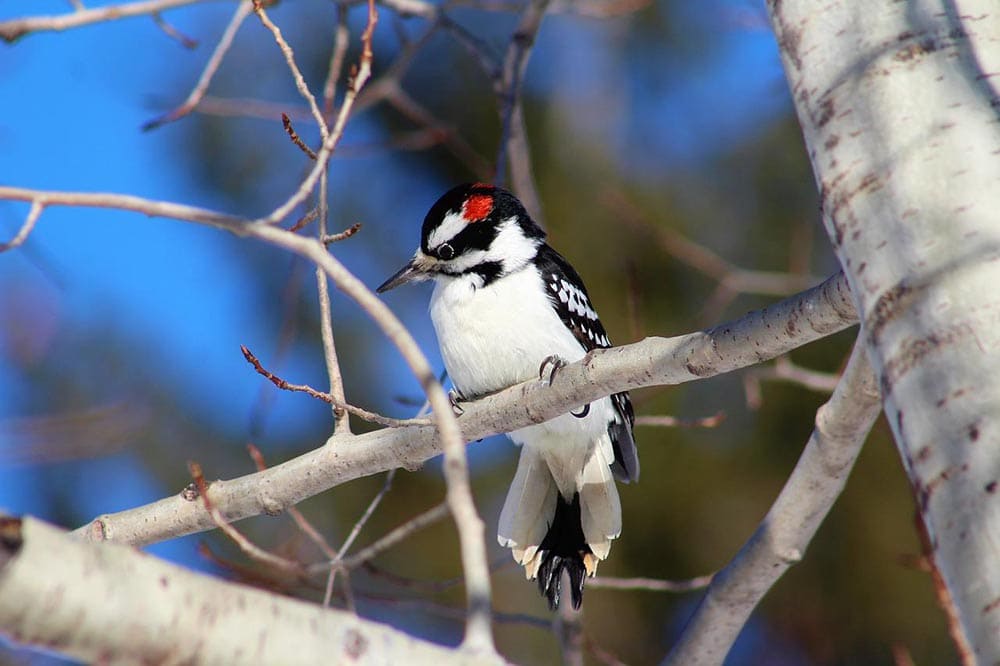
Woodpeckers are fun and interesting birds that have unusual habits—namely, pecking at wood in search of food and nesting. Not all woodpeckers are as straightforward as they might seem, though. The state of Arkansas is home to at least eight species of woodpecker, and the ninth we need to have a serious conversation about. Here are the woodpecker species you might find here in The Natural State.

The 9 Species of Woodpeckers in Arkansas
1. Red-Bellied Woodpecker
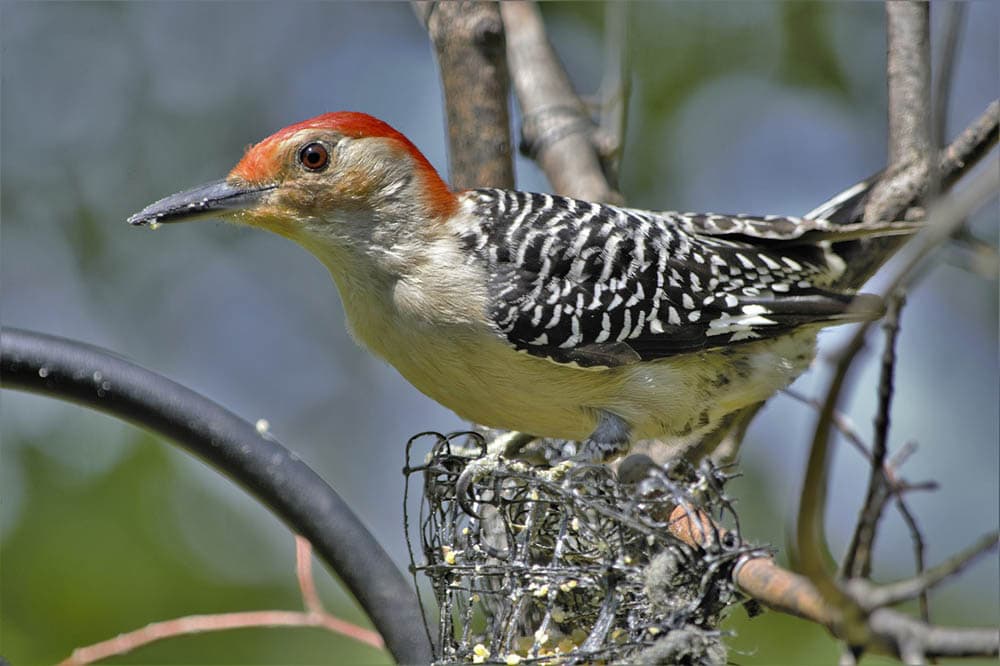
| Size: | 9–11 inches |
| Conservation Status: | Least concern |
| Distinguishing characteristic: | Red cap |
The red-bellied woodpecker does have subtly red feathers on its belly, but its most distinctive feature is the bright red feathers covering its head and their black and white barred backs. They are noisy birds that produce a number of vocalizations. Juveniles that have already fledged will continue to beg their parents for food for some time after fledging.
These birds can often be found hammering on wood and metal objects, which is one of the ways they attract a mate. They eat insects from trees, but they are acrobatic enough to catch insects in flight also.
2. Red-Headed Woodpecker
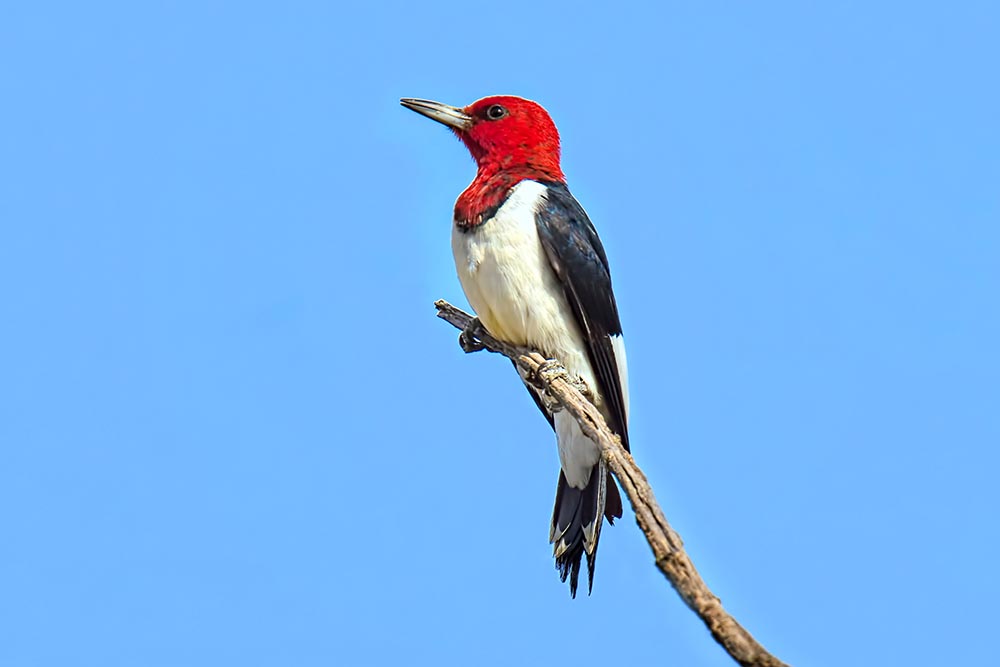
| Size: | 8.3–10 inches |
| Conservation Status: | Least concern |
| Distinguishing characteristic: | Red face and head |
The red-headed woodpecker is quite aptly named since this bird sports a bright red head and face. Juveniles have identical bodies to adults, except their heads are gray instead of red. They are distinguishable from the red-bellied woodpecker since they lack the barred bodies and red abdomen, instead sporting a mostly solid black body with accents of white and gray.
This woodpecker was previously listed with a conservation status of “near threatened”, but in 2018, its status was changed to “least concern.” This means that its population not only stabilized but improved.
3. Northern Flicker

| Size: | 12–14 inches |
| Conservation Status: | Least concern |
| Distinguishing characteristic: | Sustained laughing call |
The northern flicker is known by many names, including clape, Harry-Wicket, gaffer woodpecker, heigh-ho, wake-up, gawker bird, and yellowhammer. It is the state bird of Alabama, where it’s called yellowhammer.
These birds have a distinctive call that has a laughing gait and is often called a ki ki ki ki sound. Many of the names associated with the northern flicker are onomatopoeia of bird calls. There are ten subspecies of the northern flicker, and many of the species overlap and interbreed, making distinctions difficult. One of the ten subspecies is confirmed as extinct.
4. Downy Woodpecker
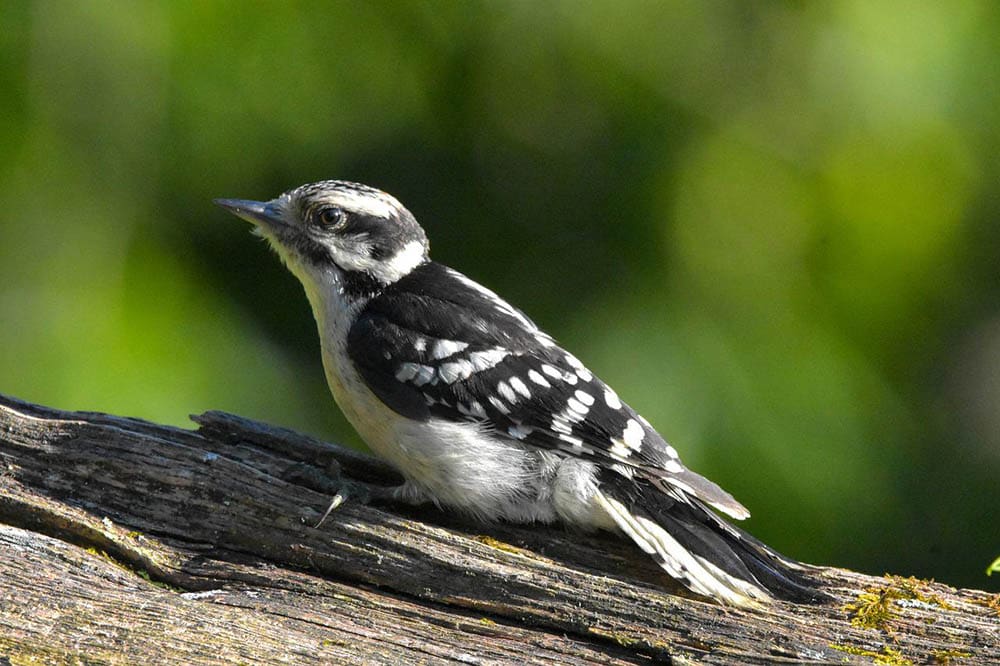
| Size: | 6–6.7 inches |
| Conservation Status: | Least concern |
| Distinguishing characteristic: | Black and white feathers |
The downy woodpecker is the smallest woodpecker species in North America. These small birds have a conservation status of least concern with stable populations. They have distinctive black and white feathers. Males have a red patch near the back of the head, which females lack. Juveniles typically have a red cap on the head, which they lose by adulthood.
These woodpeckers often spend time at bird feeders with small songbirds, like chickadees and nuthatches. They’re a highly beneficial woodpecker, thanks to their status as a predator of the European corn borer, an insect that costs the US agricultural industry approximately $1 billion annually.
5. Pileated Woodpecker
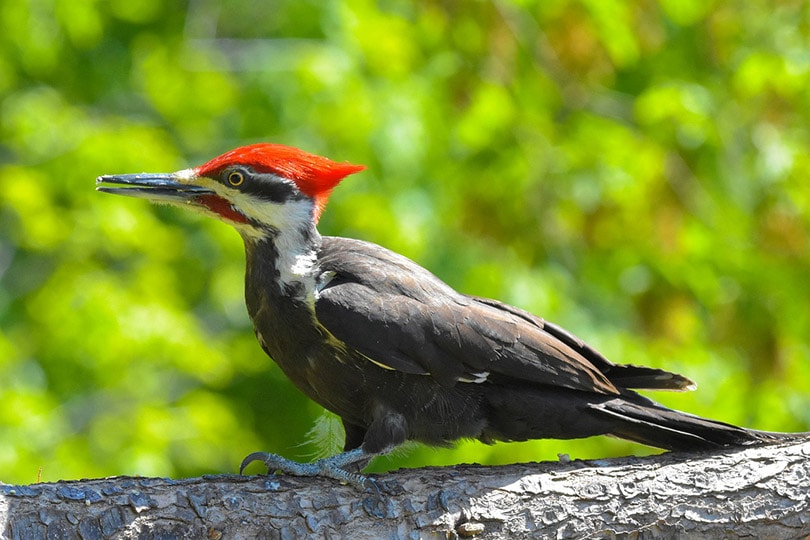
| Size: | 16–19 inches |
| Conservation Status: | Least concern |
| Distinguishing characteristic: | Red crest |
The pileated woodpecker is a large woodpecker species that is similar in size to a crow. They feature a distinctive red crest on the head, as well as primarily black bodies with white striping on the face, neck, and chest. Its name refers to its crest, with “pileated” coming from the Latin word for “capped.”
This is the largest extant species of woodpecker in North America and the third largest woodpecker species in the world. There are two subspecies of the pileated woodpecker, both of which may make appearances in Arkansas.
6. Red-Cockaded Woodpecker

| Size: | 7–9 inches |
| Conservation Status: | Near threatened |
| Distinguishing characteristic: | White cheeks |
The red-cockaded woodpecker is one you may not be familiar with, and its near-threatened conservation status is a big reason why. These birds live in pine trees, and habitat loss has made significant negative impacts on their numbers.
They are interesting birds that practice a form of cooperative breeding, with flocks staying together. Within the flock, a female will lay her eggs within her mate’s roost, but the rest of the flock will help with incubating the eggs and raising the young. Juvenile females will leave within their first year of life, while juvenile males will usually stay with the family flock for one to two years.
7. Yellow-Bellied Sapsucker

| Size: | 7–8.7 inches |
| Conservation Status: | Least concern |
| Distinguishing characteristic: | Red forehead |
The yellow-bellied sapsucker is a woodpecker species that features a red forehead on both males and females, although the females often have more dull coloration. Some males may have a yellow forehead instead of red. Most of the body is covered with a pattern of white and black feathers, and while females have a white chin, males have a red chin, making them easy to differentiate. It is similar in appearance to the downy woodpecker, but that species lacks any yellow coloration.
Sometimes, these birds will drum on hollow trees in what is believed to be a form of long-distance communication that is more effective than calls.
8. Hairy Woodpecker
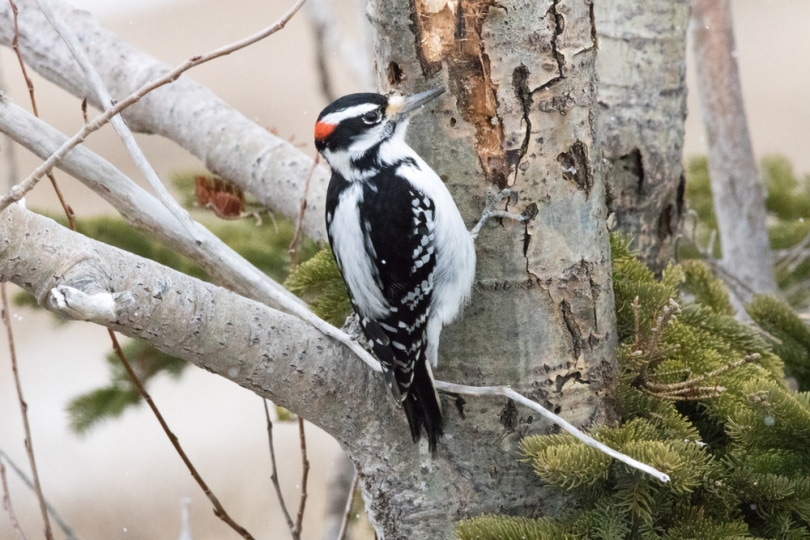
| Size: | 7–10 inches |
| Conservation Status: | Least concern |
| Distinguishing characteristic: | “Hairy” feathering around the beak |
The hairy woodpecker is often confused with the downy woodpecker, but it is much larger. Interestingly, these similar looking species are not closely related. This species is primarily black and white, but does have a red patch near the back of the head. It also has hairy-looking feathers around the base of the beak, giving it its name.
There are 17 subspecies of the hairy woodpecker, but there is less overlap between the different subspecies than some of the other woodpecker species. These woodpeckers are natural predators of the European corn borer, making them beneficial for the agricultural industry.
9. Ivory-Billed Woodpecker

| Size: | 19–21 inches |
| Conservation Status: | Critically endangered |
| Distinguishing characteristic: | Large size |
The ivory-billed woodpecker is the largest species of woodpecker in North America, beating out its smaller cousin, the pileated woodpecker. That is, assuming these birds aren’t already extinct. Before the end of 2022, it’s very likely that the conservation status of the ivory-billed woodpecker will move from critically endangered to extinct.
The last verified evidence of an ivory-billed woodpecker occurred in Louisiana in 1944. Since then, anecdotes and loose evidence have pointed to the species still existing, but even if they still exist, their numbers are exceptionally low. Deforestation and hunting are primarily responsible for this bird being driven to extinction.

Conclusion
Eight of these birds are known to exist in Arkansas, while the ill-fated ivory-billed woodpecker’s existence is controversial. Many scientific bodies consider this bird to be fully extinct, and no solid evidence has proven its existence in almost 80 years. Taking care of our planet is exceptionally important as it allows us to maintain the species that we already have and helps support their numbers. Woodpeckers are an essential part of Arkansas’ ecosystem, so it’s necessary for us to do our part to support their numbers.
See also:
Featured Image Credit: thebeebesknees, Pixabay
About the Author Brooke Billingsley
Brooke Billingsley spent nine years as a veterinary assistant before becoming a human nurse in 2013, but she still loves all animals! She currently shares a home with three dogs, two cats, five fish, and two snails. She has a soft spot for special needs animals and has a three-legged senior dog and an internet-famous cat with acromegaly and cerebellar hypoplasia. Brooke hosts a podcast focusing on folklore and myth and loves spending her free time researching and writing. Brooke believes that every day is an opportunity for learning and growth and she spends time daily working toward new skills and knowledge.
Related Articles:
Monocular vs Telescope: Differences Explained (With Pictures)
10 Types of Hummingbirds in Arkansas (With Pictures)
8 Types of Hummingbirds in Nebraska (With Pictures)
5 Types of Hummingbirds in Idaho (With Pictures)
3 Types of Hummingbirds in Mississippi (With Pictures)
8 Types of Hummingbirds in Kansas (With Pictures)
5 Types of Hummingbirds in West Virginia (With Pictures)
5 Types of Hummingbirds in Ohio (With Pictures)
